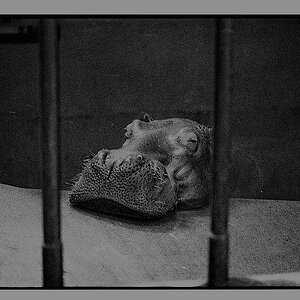Soocom1
Been spending a lot of time on here!
- Joined
- Feb 27, 2006
- Messages
- 3,253
- Reaction score
- 1,489
- Can others edit my Photos
- Photos NOT OK to edit
Well, after looking over Toyos, Kodaks, Horseman, and others, I am wondering if it is worth it to upgrade my Calumet to something with a bit more to it.
I just never got around to buying a new one until I started horsing around with other functions like the Canon adapter and other things.
Experiences? Advice?
I just never got around to buying a new one until I started horsing around with other functions like the Canon adapter and other things.
Experiences? Advice?



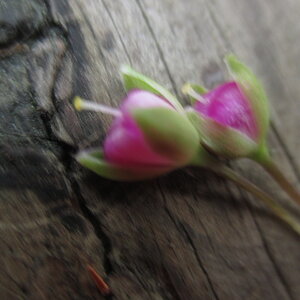
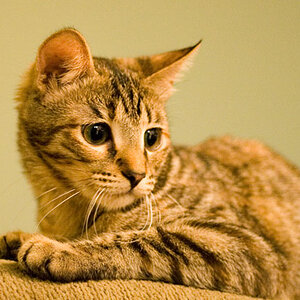
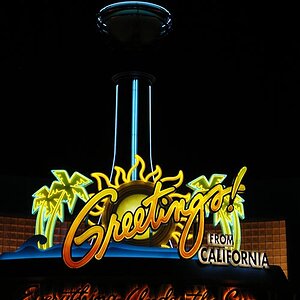
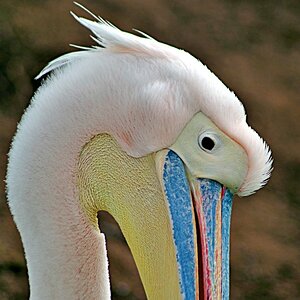
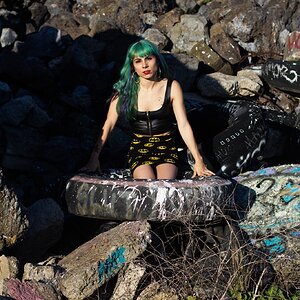
![[No title]](/data/xfmg/thumbnail/37/37617-2a07b7e10a8d9f154e8cd9727551e0ef.jpg?1619738151)
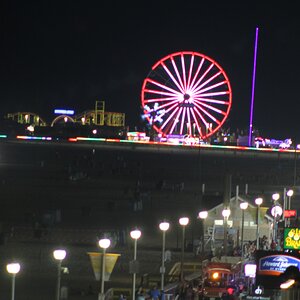
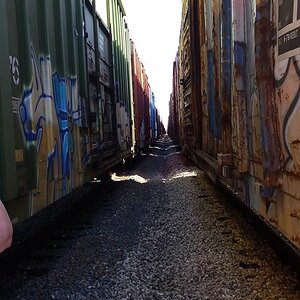

![[No title]](/data/xfmg/thumbnail/37/37604-7ad625e983f92f880eb65a264eeef5e4.jpg?1619738148)
